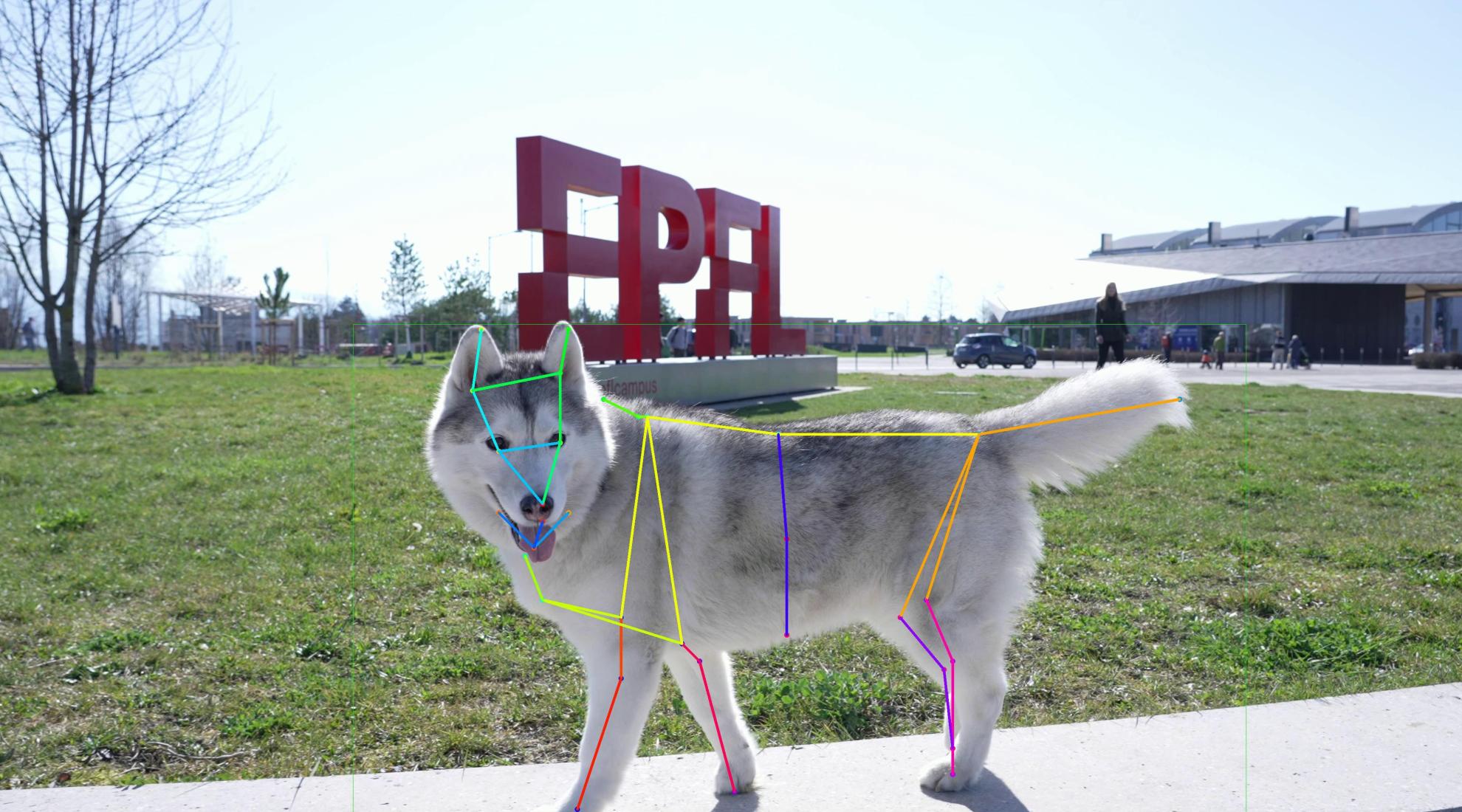Decoding animals' body language with AI

A new deep learning framework can analyse animal behaviour through their movements. The foundation model will be useful for animal welfare, biomedicine and neuroscientific research.
Body language reveals much about a person's physical and mental state. This is equally true for animals, though their signals are often harder to interpret. A new artificial intelligence model developed by EPFL in Lausanne called 'SuperAnimal' can now analyse the behaviour of animals in great detail. According to a press release, this analysis can uncover detailed information about an animal's health and intentions, often detecting signs that even attentive owners might miss.
Identifying health issues more reliably
Artificial intelligence is able to automate the analysis of movements, even more accurately than a human being. This in turn helps to draw conclusions more quickly and reliably. An animal, such as a horse, expresses whether it is happy or in pain through its movements. In the case of a horse, severe pain would be expressed as lameness, but facial expressions could also express certain feelings. This is exactly where AI comes in.
Standardisation across 45 species
A recent paper in Nature Communications describes the research results, presenting SuperAnimal as a highly efficient, open-source tool. SuperAnimal is able to automatically recognise key points such as joints in over 45 animal species without human assistance. The key points can be used, for example, to predict how well an animal's injury heals.
Veterinarians could be particularly interested, as well as those in biomedical research – especially when it comes to observing the behavior of laboratory mice.
Automating training of large-scale datasets
Recognising the motion of different species for deep learning models was already possible earlier. However, human effort was still required to correctly identify key points on each animal to create a reliable training set. According to the researchers, with the new method this process can now be completely automated, enabling training of large-scale datasets. At the same time, it makes labelling up to 100 times faster.
The next evolution is already in progress
Further areas of application for the SuperAnimal model are exciting. According to Mackenzie Mathis, neuroscience and even athletes' performance may benefit from it. Other species – birds, fish and insects – are also within the scope of the model's next evolution.




